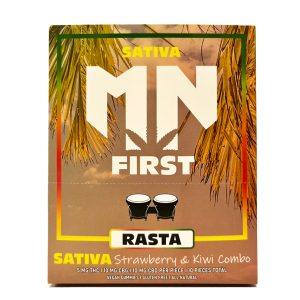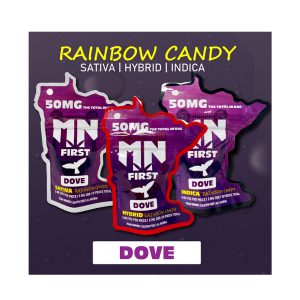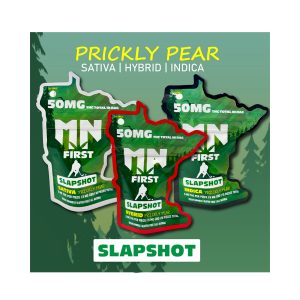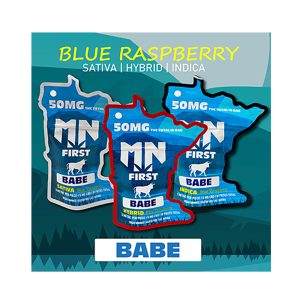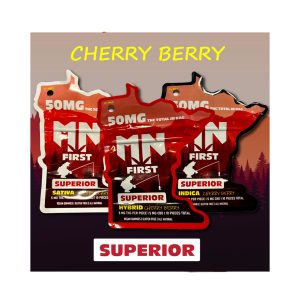Watermelon Description and Taxonomy:
– Watermelon is an annual plant with prostrate or climbing stems.
– Leaves are lobed and the plant has branching tendrils with white or yellow flowers.
– The large fruit is a modified berry called a pepo.
– Sweet watermelon was described by Carl Linnaeus and reassigned to the genus Citrullus.
– Molecular data shows sweet watermelon and bitter wooly melon are not closely related.
– Varieties include bitter wooly melon and citron melons.
– A proposal to conserve the name Citrullus lanatus was accepted in 2017.
Watermelon History and Cultivation:
– Watermelons were originally cultivated for their high water content.
– Seeds were found in ancient settlements in the Dead Sea region and in Libya.
– Cultivation dates back to India by the 7th century and China by the 10th century.
– The Moors introduced watermelons to Europe.
– Watermelon cultivation is widespread in favorable climates.
– Sweet, juicy flesh is deep red to pink with many black seeds.
– Considerable breeding efforts have developed disease-resistant varieties.
Watermelon Production and Systematics:
– China produced about two-thirds of the world’s total watermelons in 2017.
– Cultivars mature within 100 days of planting.
– Watermelons were domesticated in northeast Africa and cultivated in Egypt by 2000BC.
– The kordofan melon from Sudan may be the ancestor of modern watermelon.
– Selective breeding over time led to the development of modern watermelon varieties.
– Seedless watermelons were first created by Japanese scientists in 1939.
Watermelon Composition and Nutrition:
– Watermelon is 91% water with 6% sugars and low fat content.
– A 100g serving provides 30 calories and essential nutrients like vitamin C and lycopene.
– Watermelon pulp contains the amino acid citrulline.
– Nutrient content includes vitamins A, B, C, and minerals like calcium and potassium.
– Seedless watermelons rose to nearly 85% of total sales in the US by 2014.
Watermelon Varieties and Commercial Aspects:
– There are over 1,200 watermelon cultivars with diverse characteristics.
– Varieties like Golden Midget, Orangeglo, and Moon and Stars offer unique flavors.
– Seedless watermelon varieties have been developed.
– Georgia, Florida, Texas, California, and Arizona are the largest watermelon producers in the US.
– Watermelon is used in various culinary dishes and has symbolic meanings in different cultures.
Watermelon (Citrullus lanatus) is a flowering plant species of the Cucurbitaceae family and the name of its edible fruit. A scrambling and trailing vine-like plant, it is a highly cultivated fruit worldwide, with more than 1,000 varieties.
| Watermelon | |
|---|---|

| |
| Watermelon | |
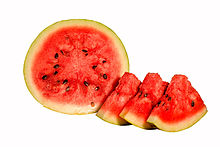
| |
| Watermelon cross section | |
| Scientific classification | |
| Kingdom: | Plantae |
| Clade: | Tracheophytes |
| Clade: | Angiosperms |
| Clade: | Eudicots |
| Clade: | Rosids |
| Order: | Cucurbitales |
| Family: | Cucurbitaceae |
| Genus: | Citrullus |
| Species: | C. lanatus
|
| Binomial name | |
| Citrullus lanatus | |
| Synonyms | |
|
List
| |
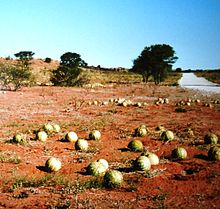

Watermelon is grown in favorable climates from tropical to temperate regions worldwide for its large edible fruit, which is a berry with a hard rind and no internal divisions, and is botanically called a pepo. The sweet, juicy flesh is usually deep red to pink, with many black seeds, although seedless varieties exist. The fruit can be eaten raw or pickled, and the rind is edible after cooking. It may also be consumed as a juice or an ingredient in mixed beverages.
Kordofan melons from Sudan are the closest relatives and may be progenitors of modern, cultivated watermelons. Wild watermelon seeds were found in Uan Muhuggiag, a prehistoric site in Libya that dates to approximately 3500 BC. In 2022, a study was released that traced 6,000-year-old watermelon seeds found in the Libyan desert to the Egusi seeds of Nigeria, West Africa. Watermelons were domesticated in north-east Africa, and cultivated in Egypt by 2000 BC, although they were not the sweet modern variety. Sweet dessert watermelons spread across the Mediterranean world during Roman times.
Considerable breeding effort has developed disease-resistant varieties. Many cultivars are available that produce mature fruit within 100 days of planting. In 2017, China produced about two-thirds of the world's total of watermelons.

